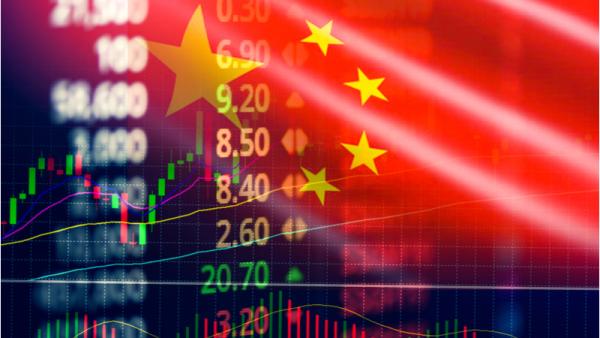China and the art of muddling through

James Laurenceson, Deputy Director, Australia-China Relations Institute, University of Technology Sydney |
This article appeared in China Spectator on March 16 2015.
There’s been a lot of talk on China Spectator about the country muddling through in 2015.
Peter Cai argued it was the likely approach of China’s rulers to dealing with a host of challenges, ranging from burgeoning local government debt, to industrial overcapacity, to a real estate sector in the midst of a major funk. John Lee agreed, but said it was something that China couldn’t afford to do. Muddling through won’t bring about dramatic change. It won’t cut support for privileged and inefficient state-owned enterprises
I also think that China will muddle through. But the difference is that this leaves me feeling distinctly upbeat about its prospects.
Scholars of China’s economy know that muddling through is what’s been happening in every year since 1979. The architect of China’s reforms, Deng Xiaoping, had a more pleasant turn of words -- China was “crossing the river by feeling the stones” -- but muddling through was precisely what he meant.
It’s true: China has long eschewed dramatic change. But let’s be clear about the result. Despite a regular stream of titles predicting the implosion of China’s economy -- starting with Gordon Chang’s The Coming Collapse of China, in 2001 -- what’s been achieved over the past three and a half decades is unquestionably the opposite. The World Bank says that between 1980 and 2011, the number of people living in poverty in China fell by 753 million. That’s nearly two and a half times the population of the US, and an outcome unparalleled in history.
The alternative to China’s muddling through is what came to be known in the early 1990s as “big bang” reform. That’s what Russia and some other formerly planned economies of Eastern Europe did. Flush with advice from the west, they launched head first into rapid market liberalization and mass privatisation. We all know how that worked out.
China’s success isn’t down to luck. There’s serious science that underpins the muddling through approach. Economists John McMillan and Barry Naughton put it like this: “The paradox of big bang reform is that the impediments to planning a comprehensive reform strategy are similar to the impediments to planning the economy…The planner of big bang reforms, like the central planner, needs to know a lot”. Muddling through assumes, correctly, that policy-makers don’t have all the information they need at their fingertips. It encourages experiments. It provides feedback. And it allows backpeddling when necessary.
Muddling through led to China discovering what has become one of the great lessons from its reform program. To boost productivity, privatisation isn’t crucial; competition is.
Last year, China-economy scholar Nicholas Lardy said that private firms now account for more than twothirds of the country’s output, up from nothing in 1978. In manufacturing, their share is four-fifths.
If massive improvements in living standards aren’t enough to convince that competition has driven productivity through the roof, then how about this: the World Trade Organization says that China’s share of world’s goods exports has risen from 1.2 percent in 1983 to 12.1 percent in 2013. It’s now the world’s largest trader. China’s international competitiveness can’t be put down to cheap labour or an undervalued exchange rate. In 2014 the Boston Consulting Group found that when utilities and other costs are added to sharply rising wages, manufacturing costs in China are now only four percent less than in the US.
Muddling through doesn’t mean not having goals. President Xi Jinping’s “China dream” is a clear statement of the country’s aspirations. Nor does it mean not having a broad narrative on how to get there. Premier Li Keqiang has taken to emphasising “innovation-driven development”. Facing rapidly rising production costs, that’s a wise choice.
But it does mean being pragmatic and flexible along the way. Deng Xiaoping again -- “It doesn’t matter if the cat is black or white, so long as it catches mice”. It means learning from past experience. Why would China privatise its state-owned banks (SOBs) knowing that competition was sufficient to bring about hugely improved outcomes in industry?
Competition is the way that China’s government is currently muddling through reforming the financial sector. In 2014, lending by the big state-owned banks increased by RMB4.4tn. Yet total aggregate financing -- the broadest measure of credit in the economy compiled by China’s central bank -- swelled by RMB15.4tn. In other words, competition has risen to the point where even the behemoth SOBs have become minority players.
Last year a pilot program by China’s banking regulator to establish privately-owned banks allowed ecommerce giants, Alibaba and Tencent, to expand into finance. The government’s support was on show when Premier Li himself launched Tencent’s new creation in January. He declared that part of its job was “…forcing traditional financial institutions to accelerate reforms”.
So in 2015, yes, China will muddle through. And it will do so again next year. With China now having the world’s largest economy in terms of purchasing power, we should be cheering them on.
Author
Professor James Laurenceson is Deputy Director of the Australia-China Relations Institute at the University of Technology Sydney.

